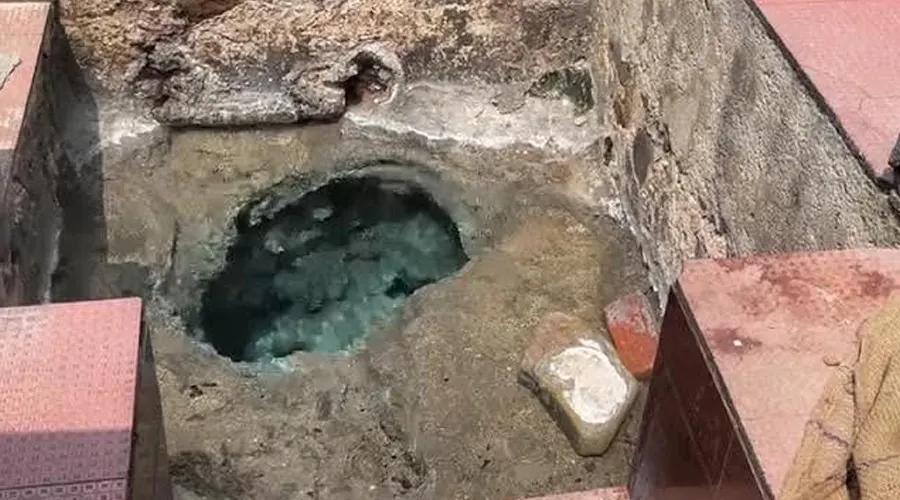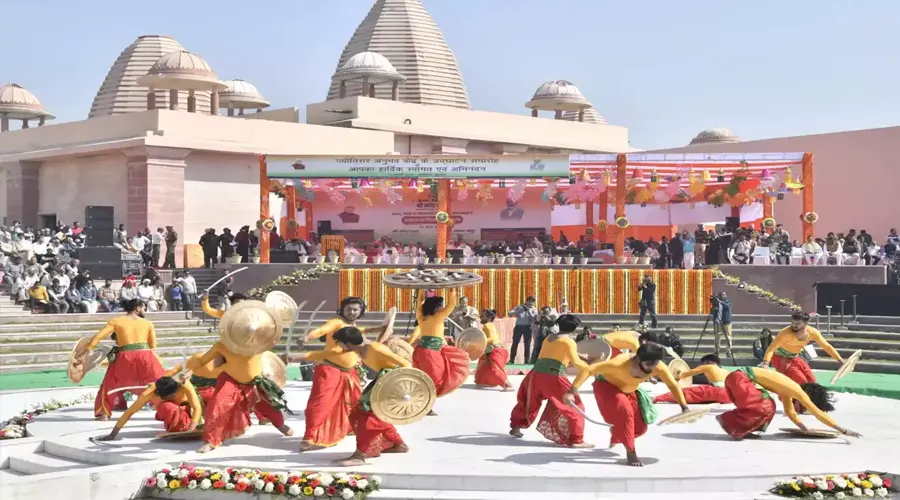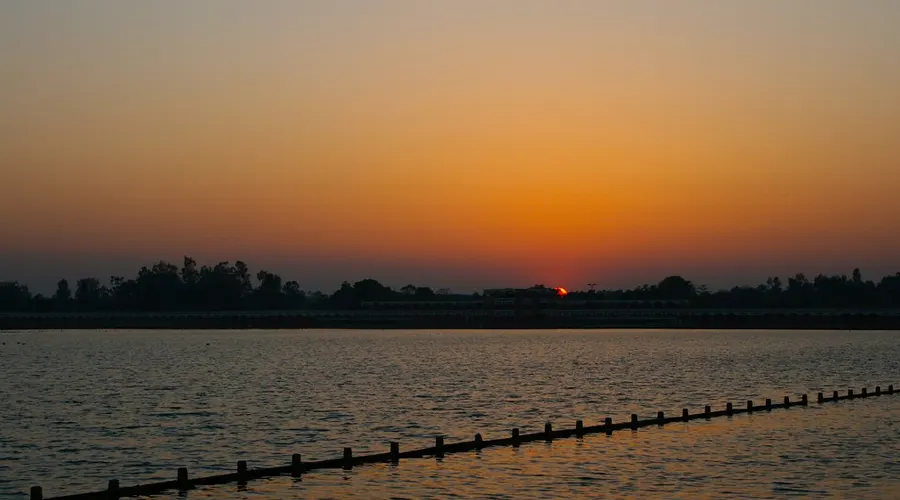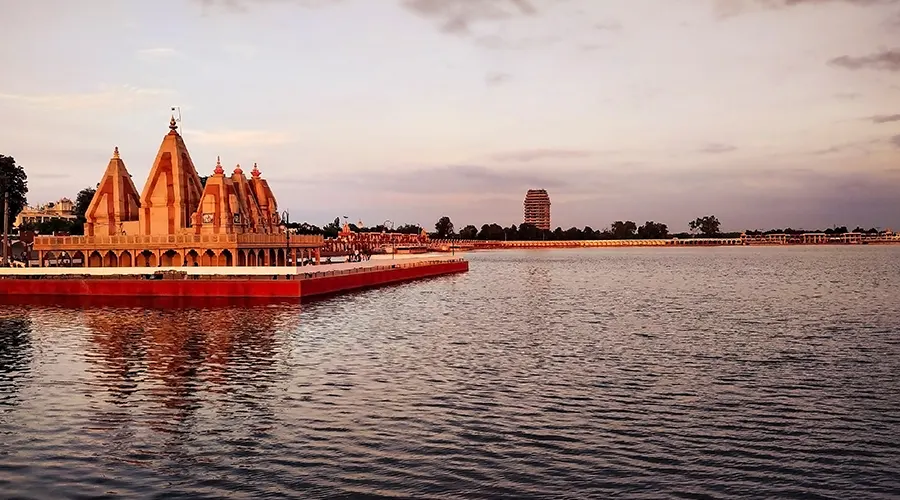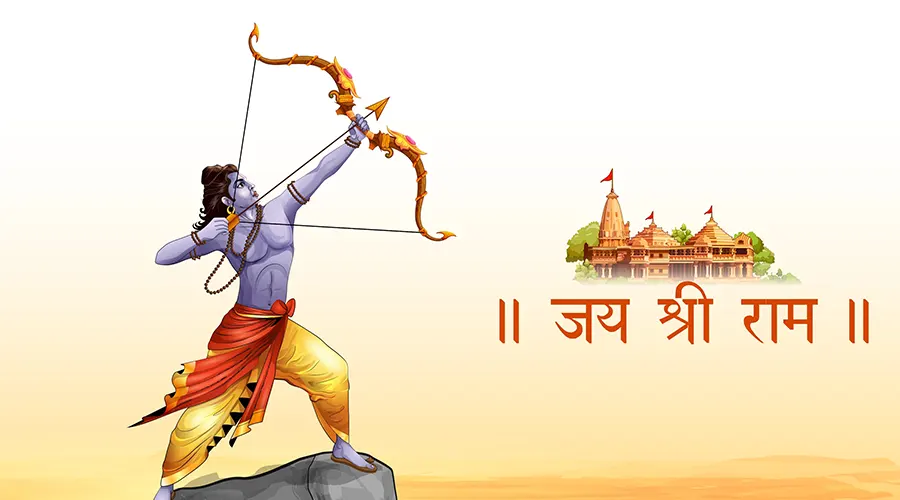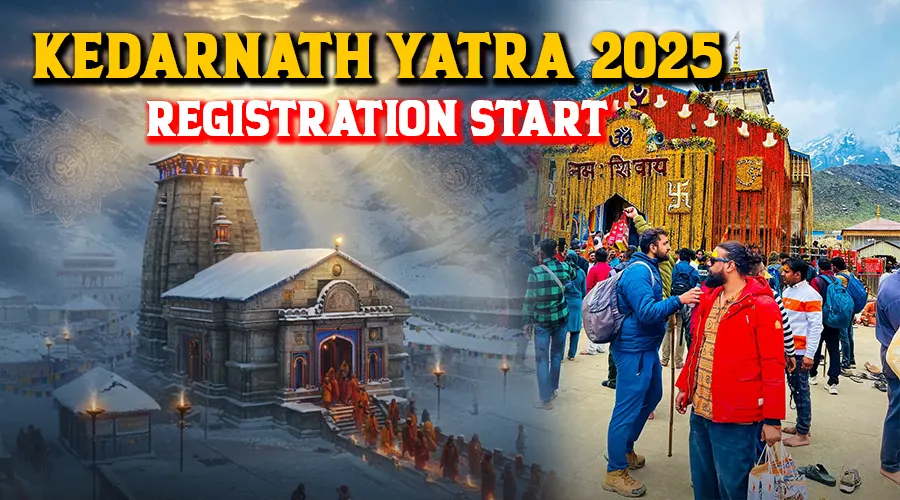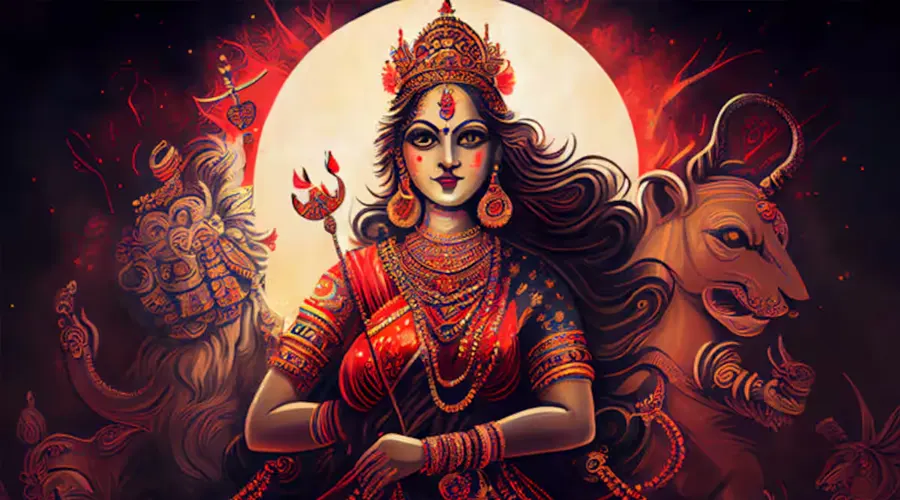Ghats in India – A Spiritual and Cultural Journey
India’s ghats are more than just steps leading to rivers—they are sacred spaces where life, spirituality, and tradition converge. Found along rivers like the Ganges, Yamuna, and Godavari, these ghats are essential in rituals, religious practices, and daily life. From Varanasi’s Kashi Ghats to Haridwar’s Har Ki Pauri, they offer a window into the country’s deep spiritual heritage.
Famous Ghats in India
1. Varanasi Ghats (Uttar Pradesh)
The Kashi Ghats on the banks of the Ganges are world-renowned for their spiritual significance and daily rituals, including the iconic Ganga Aarti.
2. Har Ki Pauri (Haridwar, Uttarakhand)
A major pilgrimage site, this ghat is famous for its evening Ganga Aarti and the belief that it is where Lord Vishnu left his footprint.
3. Dashashwamedh Ghat (Varanasi, Uttar Pradesh)
One of the most famous ghats, it is known for its vibrant Ganga Aarti ceremonies and spiritual importance.
4. Assi Ghat (Varanasi, Uttar Pradesh)
Known for its peaceful ambiance, Assi Ghat offers a quieter and more reflective experience.
The Spiritual Significance of Ghats
Ghats in India serve as ritualistic hubs, where Hindus perform their daily ablutions, make offerings, and cremate the deceased. Beyond religious significance, ghats are a gathering place for locals and tourists alike, offering insights into India’s ancient rituals.
What to Expect at Indian Ghats
- Rituals and Ceremonies: Daily prayers, aarti, and the lighting of lamps.
- Cultural Experience: Interactions with pilgrims, priests, and travelers.
- Peaceful Reflection: The calmness of riverbanks, ideal for meditation.

